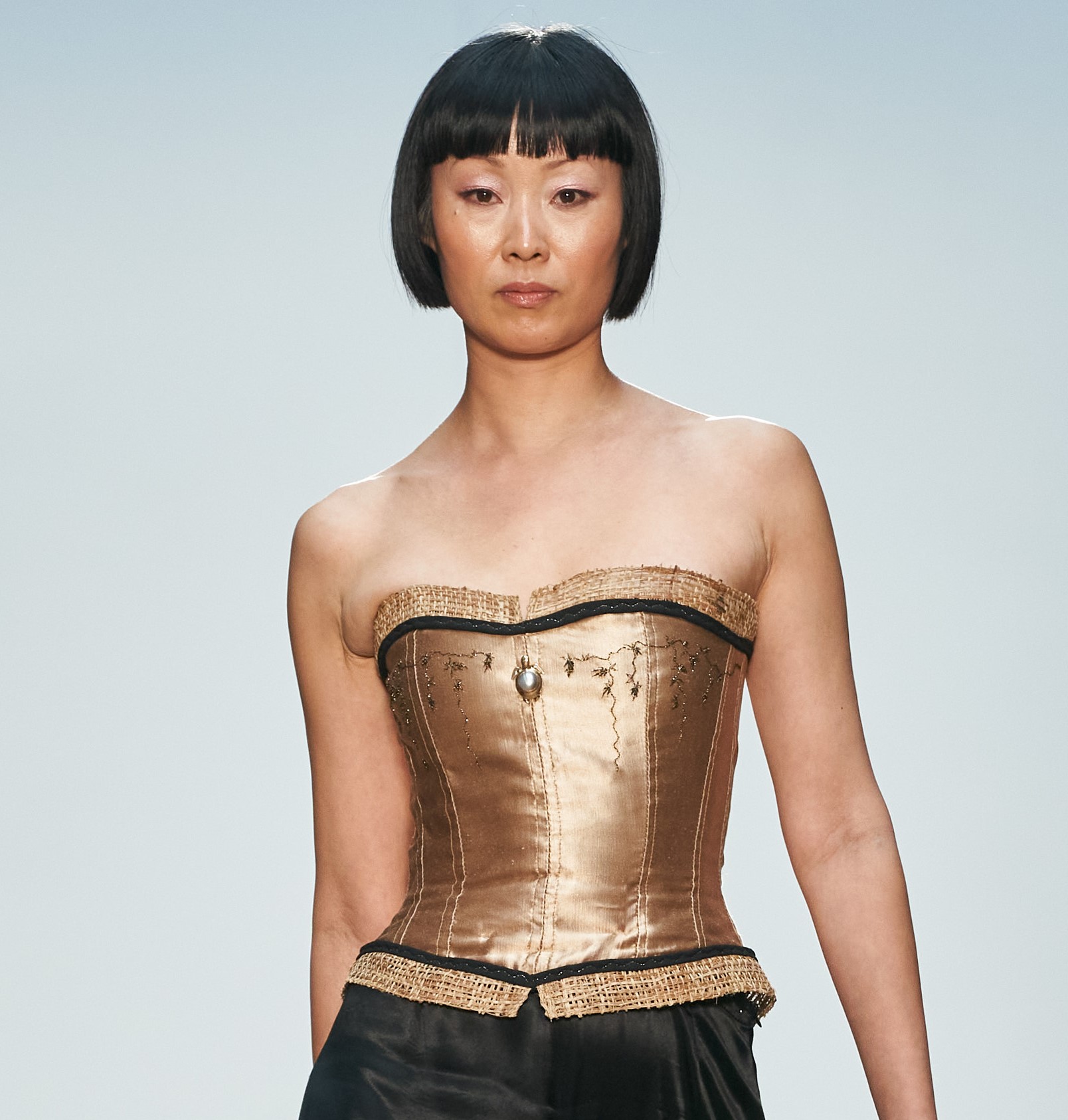
Just as you’d expect, banana fabric is fabric made from bananas. Not the mushy, fruity part, though—the outer and inner peels, which are both quite fibrous.
Just like hemp, which produces a flowering and a stem section, banana stems and peels yield fibers that can be made into textile products. This practice has actually been done for many centuries, but it’s only recently that the world of Western fashion has caught on to the textile potential of the common banana.
It’s likely that the Philippines was the first place where banana peels and stems were made into fiber. This island chain is home to countless banana trees, and the industrious indigenous peoples of the area have made banana fabric for millennia.
As Western interaction with Southeast Asia increased, textile manufacturers from Britain and the United States became curious about the potential of banana fiber. Since then, Western fashion has occasionally flirted with this exotic fabric, but basic drawbacks make it less commercially viable than common alternatives.
As always, I am constantly toying with alternate ideas for my organic designs. One was to replace “Boning’ in corsetry, from the plastic that it has become today.
I used woven banana bark to bone and edge a corset to see how it forms, & surprise surprise, it worked a treat!

